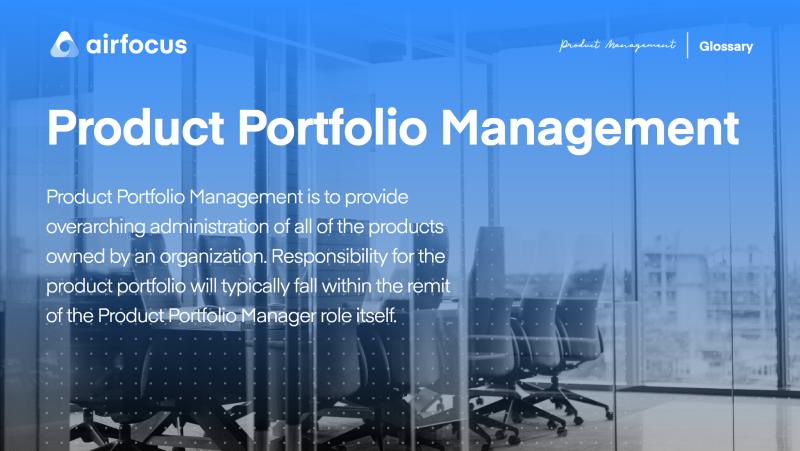Product Portfolio Management
What is Product Portfolio Management?
Definition of Product Portfolio Management
Product Portfolio Management is to provide overarching administration of all of the products owned by an organization. Responsibility for the product portfolio will typically fall within the remit of the Product Portfolio Manager role itself.
The person in this role will fulfill tasks such as assigning resource quotas to optimize Return of Investment (ROI), assess where improvements can be made, and also make sure the portfolio continues to reflect the organization’s strategic aims.
The Position of the Product Portfolio Manager (PPM)
Compared to that of the Product Manager, the Product Portfolio Manager’s purview is more strategic. Where a Product Manager’s responsibility can be limited to a particular product, the PPM will have an overview of multiple products across various divisions within an organization and will have a fundamental understanding of how all of these products interrelate, through development, to expected market placement, to the ultimate release.
An organization will look to create the role of PPM once they have started to grow, and in turn, their product lines have multiplied: there is a move from a single product requiring only a Product Manager, to a variety of products requiring oversight. The requirement becomes more strategic rather than just tactical.
The Advantage of Product Portfolio Management
The advantage of the more strategic view lies within the ability to monitor market trends and movements and anticipate niches that are closing but also opportunities that are emerging. By being able to assess the entire product portfolio of the business in conjunction with the evolving market, the PPM can identify new priorities, shift resources, determine if there are gaps in the product catalog, and ultimately adapt to maintain and increase revenue streams. Product Portfolio Management should be a continuous and dynamic process.

General FAQ

Glossary categories
Experience the new way of doing product management

Experience the new way of doing product management








